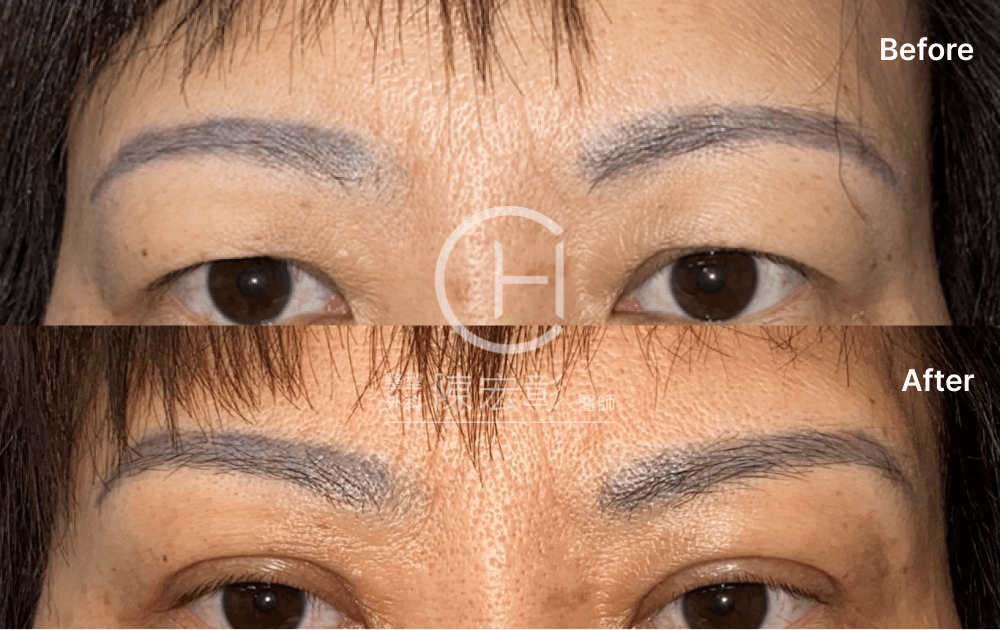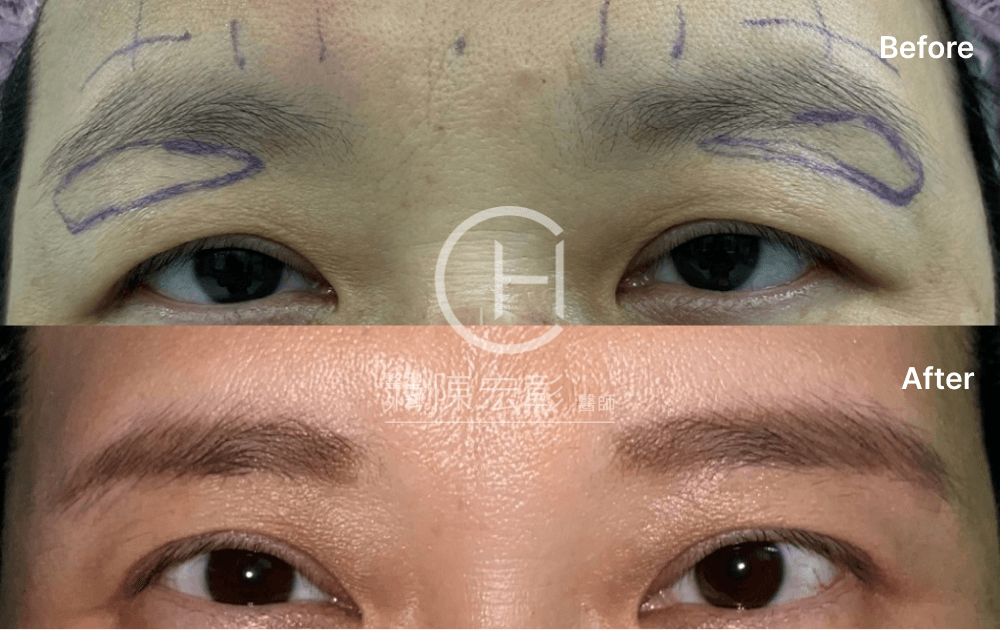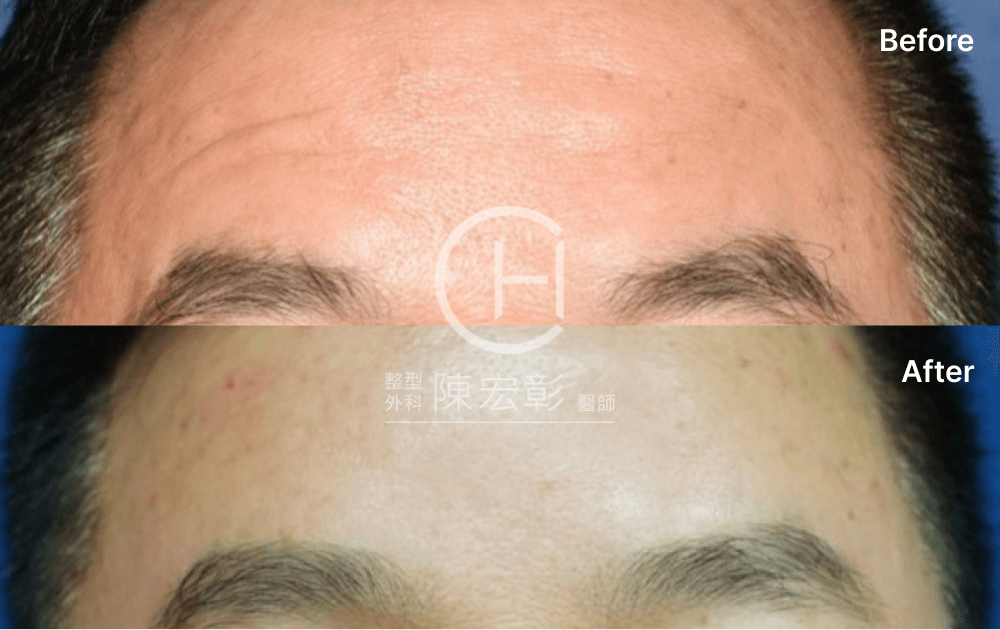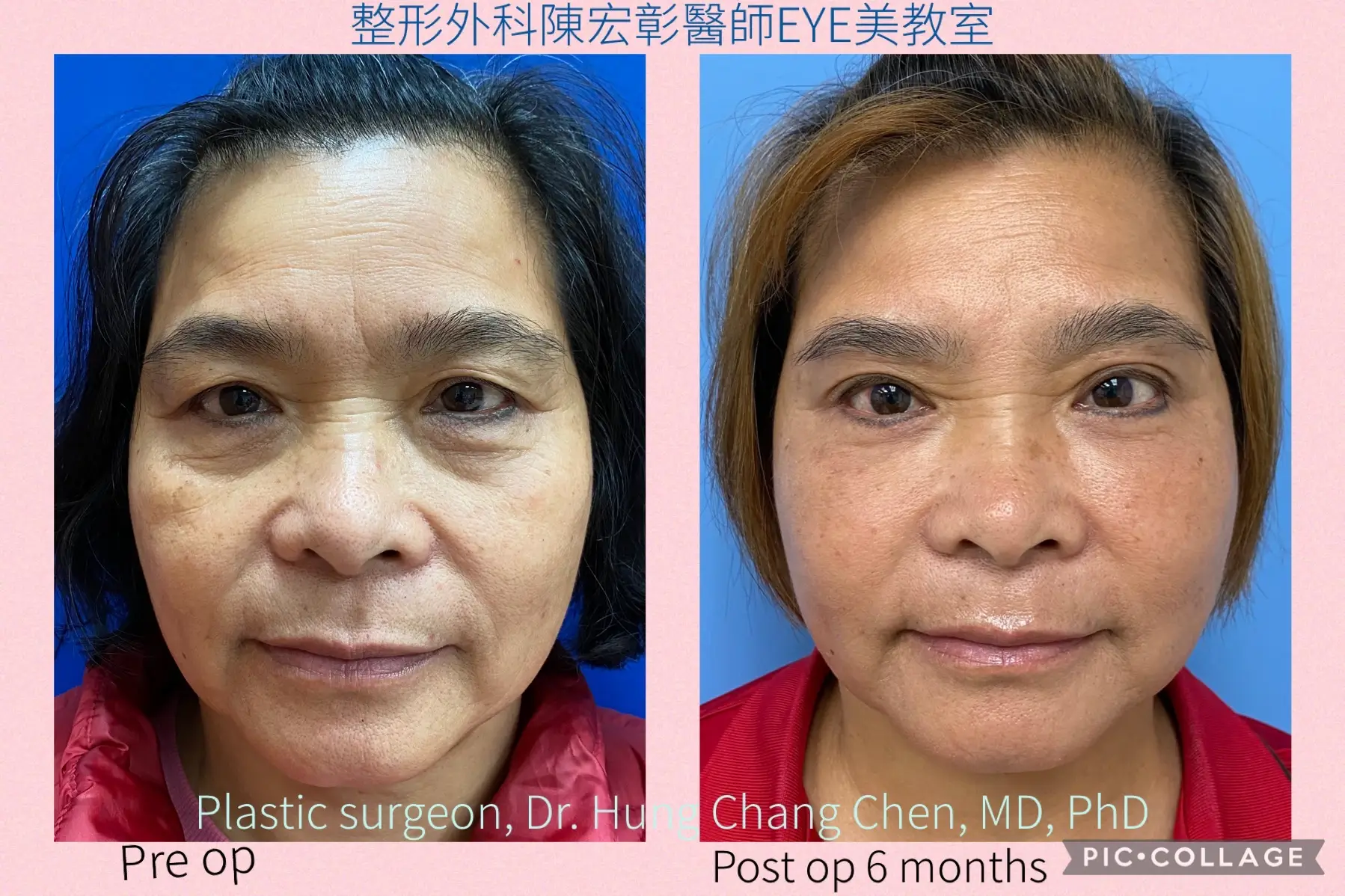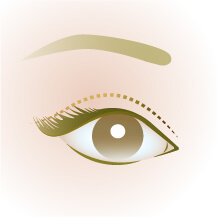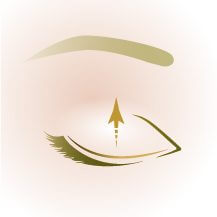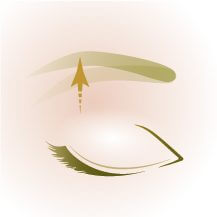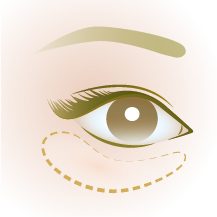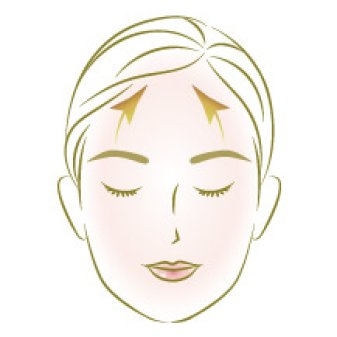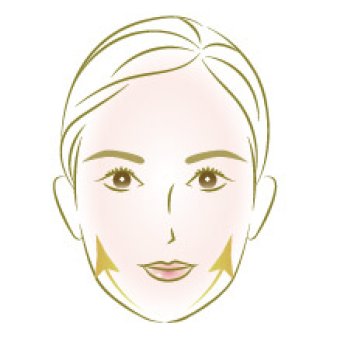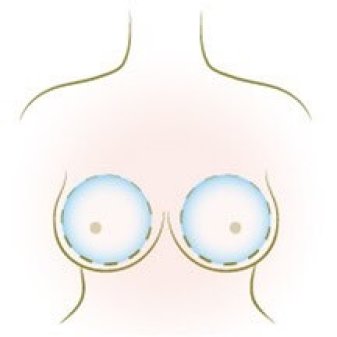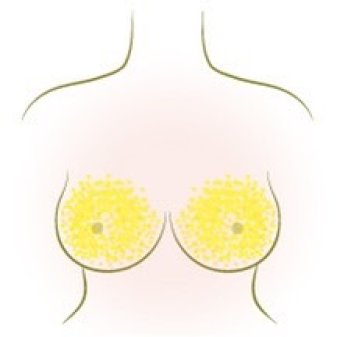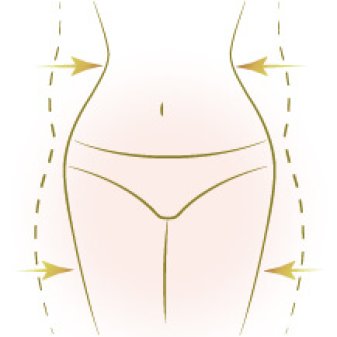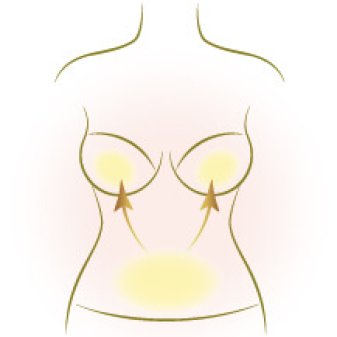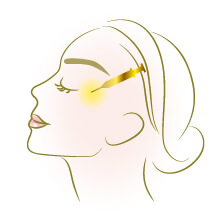Eye Surgery
Eyebrow Lift Surgery
BLEPHAROPLASTY
BLEPHAROPLASTY
Eyebrow Lift Surgery
- Principle
- Before and After
- Case Study
The upper eyelid is like the front cover of a helmet, which may not only block eyesight but also give the appearance that there is no spirit either. The forehead and eye area are aging, or the eyebrow position is too low, the upper eyelid is too loose, and the eyebrows are sagging. For these patients, a simple upper eyelid incision frequently produces unsatisfactory results; therefore, a brow lift procedure is necessary to achieve a more thorough improvement. There are several primary causes:
1. It is not only the eyelids that cause the aging of the face. Our foreheads and eyebrows are also sagging and sagging due to aging. Therefore, the removal of the upper eyelids alone cannot completely solve the aging problem.
2. Many medical literatures have found that: in order to improve the excess and relaxation of the upper eyelid, a large amount of the upper eyelid is removed, but the eyebrows will fall lower due to the reflex relaxation of the eyebrow levator muscle, and the upper eyelid will be squeezed downward, causing the upper eyelid to sag. It looks like no surgery has been done.
3.Because the lower half of the upper eyelid is thinner and the upper eyelid skin gets thicker from the lashes to the eyebrows, the double eyelid folds that form will look more delicate and natural. To correct droopy eyes, traditional double eyelid surgery removes a significant percentage of the upper half’s thick skin, leaving thick and unnatural-looking double eyelid folds on the lower half.
2. Many medical literatures have found that: in order to improve the excess and relaxation of the upper eyelid, a large amount of the upper eyelid is removed, but the eyebrows will fall lower due to the reflex relaxation of the eyebrow levator muscle, and the upper eyelid will be squeezed downward, causing the upper eyelid to sag. It looks like no surgery has been done.
3.Because the lower half of the upper eyelid is thinner and the upper eyelid skin gets thicker from the lashes to the eyebrows, the double eyelid folds that form will look more delicate and natural. To correct droopy eyes, traditional double eyelid surgery removes a significant percentage of the upper half’s thick skin, leaving thick and unnatural-looking double eyelid folds on the lower half.

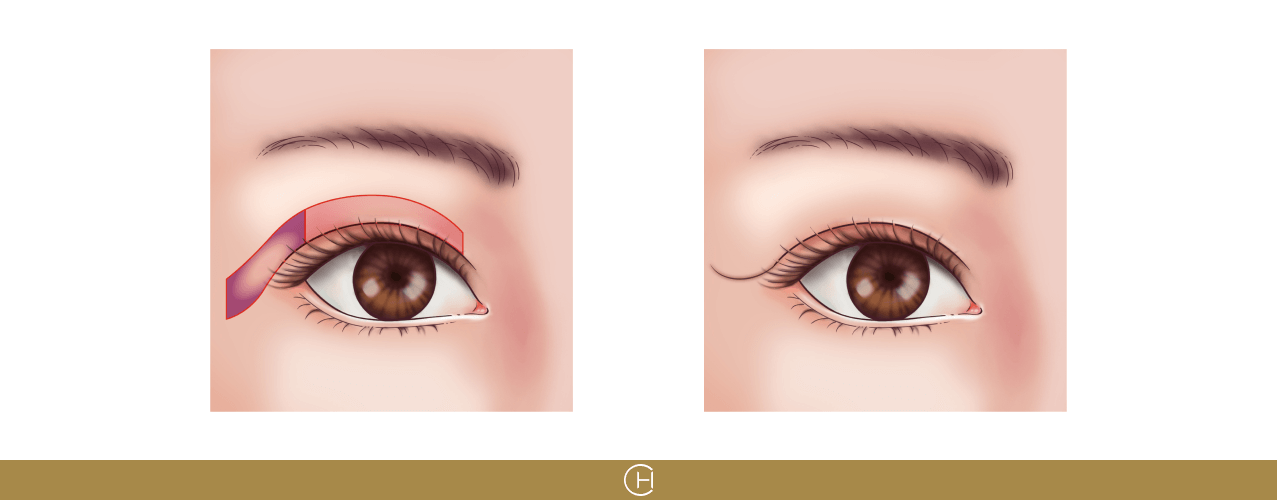
Brow lift surgery can be divided into the following categories:
a.Forehead face lift surgery: It can comprehensively solve the problem of sagging forehead and eyebrows. Currently, the most popular is endoscopic forehead face lift, in which 3-5 wounds are cut behind the hairline, and with the help of endoscopy Lifting the aging forehead, skin tissue around the eyes and sagging eyebrows, the effect is long-lasting, and the satisfaction is also high. The scars are difficult to see because they are covered by the hair. However, it requires general anesthesia, and a small receding of the hairline will result.

b.Forehead lift with front edge of hairline incisions: 3-5 wounds are formed on the front edge of the hairline, and endoscopy is used to elevate the sagging eyebrows, the skin around the eyes, and the aged forehead. The hairline “doesn’t” retreat back after the procedure, and it can even reduce the space between the hairline and the eyebrows, although it can result in a scar on the front border of the hairline.
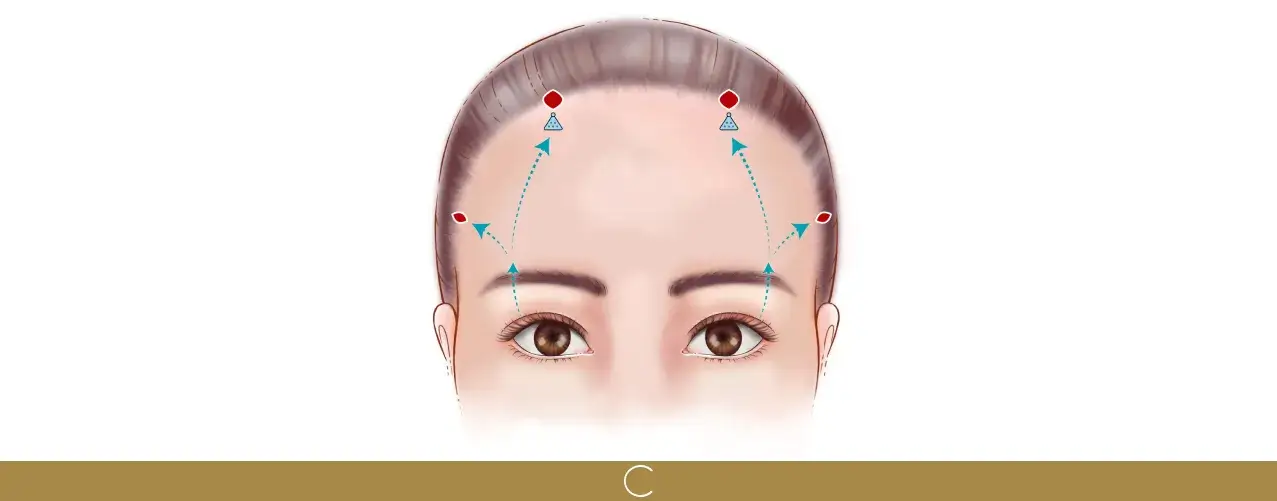
c.Eyebrow upper incision and brow lift surgery: The muscles and fat behind the eyebrow are corrected by pulling and stitching the wound, and the loose forehead skin and tissue are removed right up against the upper edge of the eyebrow. The second-best strategy for raising the brows is this one. It is suitable for patients who already have tattooed or embroidered eyebrows because the scars are visible for a few months and some patients will leave permanent clear scars.
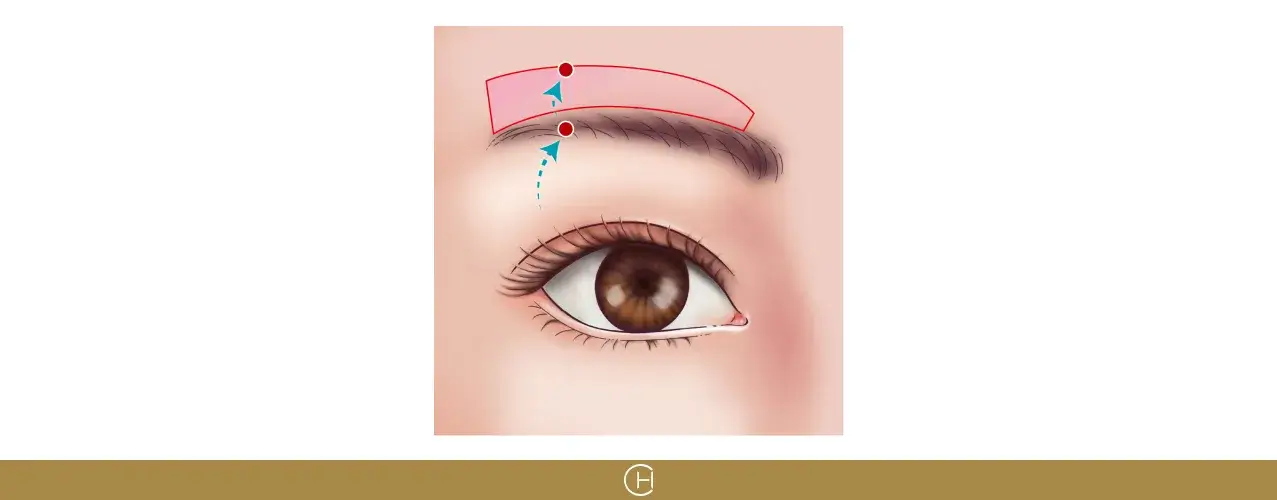
d.Eyebrow lower incision and brow lift surgery: The muscles and fat behind the brow are pushed up and stabilized through a 3–4 cm incision made right above the planned double eyelid fold. The third best technique for raising the brows is this one. Furthermore, the scars are concealed by the double eyelid folds, although some patients will still have creases under their brows since the loose skin around their brows is left in place.

e.Eyebrow incision and eyebrow lift surgery: The loose upper eyelid skin and tissue are excised directly against the lower edge of the eyebrow, and the muscle and fat under the eyebrow are fixed by pulling and fixing the wound. The thicker skin on the eyebrows retains the thinner and more delicate skin near the eyelashes, so the double eyelid is more natural after surgery, and the patient’s satisfaction is high. The scar from the incision under the eyebrow is also less obvious than the incision above the eyebrow.
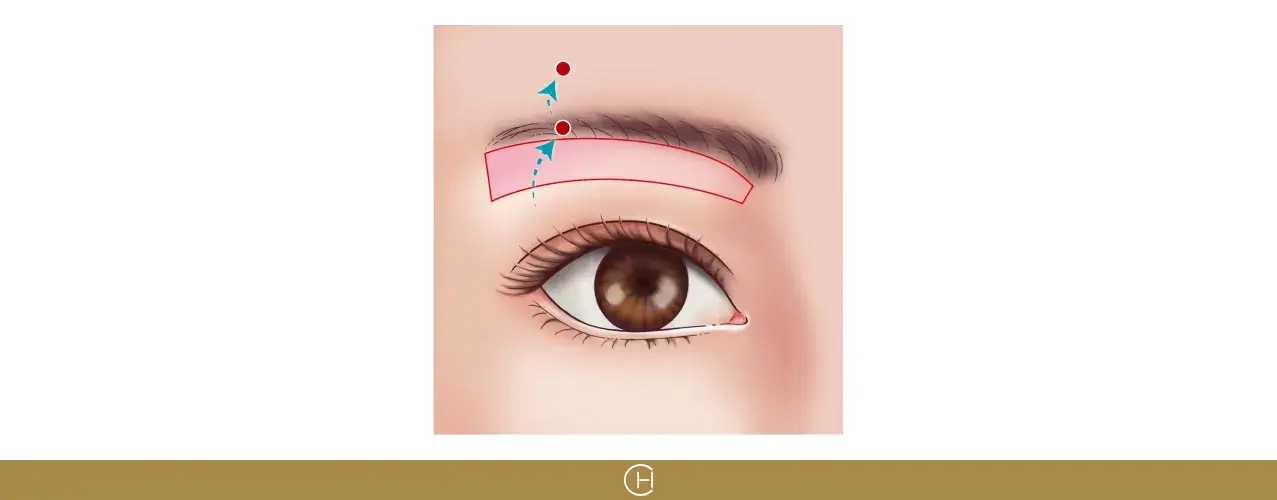
| 手術方式 | 前額拉皮手術 | 髮際線前緣切口前額拉皮 | 眉上切皮提眉手術 | 眉下切皮提眉手術 | 眉毛內固定手術 |
|---|---|---|---|---|---|
| 適合對象 | 前額、眉毛、上眼皮下垂 | 前額、眉毛、上眼皮下垂 | 眉毛、上眼皮下垂 | 眉毛、上眼皮下垂 | 眉毛、上眼皮下垂 |
| 手術時間 | 4小時 | 4小時 | 2小時 | 2小時 | 2小時 |
| 麻醉方式 | 全身麻醉 | 全身麻醉 | 局部麻醉 | 局部麻醉 | 局部麻醉 |
| 優點 | 全面改善前額、眉毛、上眼皮下垂; 提眉效果最佳, 維持最久。 | 全面改善前額、眉毛、上眼皮下垂; 提眉效果最佳, 維持最久。 | 提眉效果第二好。切除上眼皮靠近眉毛厚的皮膚; 保留薄的皮膚;薄的皮膚形成比較細緻的雙眼皮皺褶。 | 提眉效果第三好。 眉下疤痕較不明顯。 切除上眼皮靠近眉毛厚的皮膚; 保留薄的皮膚; 薄的皮膚形成比較細緻的雙眼皮皺褶。 | 疤痕隱藏在雙眼皮皺褶。提眉效果第三好。 |
| 缺點 | 髮際線提高 | 髮際線前有疤痕 | 眉毛上疤痕較明顯。 術後可以畫眉、霧眉、紋眉遮住 | 眉下有疤痕。 術後可以 畫眉、 霧眉、紋眉遮住 | 沒有切除靠近眉毛厚的皮膚, 切除下方薄眼皮; 雙眼皮可能看起來厚重 |
| 恢復期 | 急性期腫脹瘀青約兩周消退 | 急性期腫脹瘀青 約兩周消退 | 急性期腫脹瘀青 約兩周消退;眼皮需2-3月以上恢復到術前自然情況 | 急性期腫脹瘀青約兩周消退;眼皮需2-3月以上恢復到術前自然情況 | 急性期腫脹瘀青約兩周消退;眼皮需2-3月以上恢復到術前自然情況 |
The expertise of Dr. Chen in patient care is "surgical comparison." The above methods all require full communication between the patient and the doctor to discuss the most suitable surgical method for the patient.
Preoperative Preparation and Anesthesia
1.Before surgery, please let your doctor know if you have any drug
allergies.
2.Anticoagulant medication must be stopped one week before to surgery in order to prevent intraoperative and postoperative bleeding.
3.Smoking should be avoided for at least two weeks before to and following surgery.
4.It is advised that medical professionals regulate and stabilize systemic disorders such as excessive blood pressure, heart disease, diabetes, abnormal thyroid function, etc. before undergoing surgery.
5.Please let your doctor know before surgery if you or anybody in your family has swollen feet or hypertrophic scars.
6.Because the patient’s eyes must frequently cooperate during the procedure to ensure precise symmetry, it is advised to do eyelid surgery while the patient is under local anesthetic.
2.Anticoagulant medication must be stopped one week before to surgery in order to prevent intraoperative and postoperative bleeding.
3.Smoking should be avoided for at least two weeks before to and following surgery.
4.It is advised that medical professionals regulate and stabilize systemic disorders such as excessive blood pressure, heart disease, diabetes, abnormal thyroid function, etc. before undergoing surgery.
5.Please let your doctor know before surgery if you or anybody in your family has swollen feet or hypertrophic scars.
6.Because the patient’s eyes must frequently cooperate during the procedure to ensure precise symmetry, it is advised to do eyelid surgery while the patient is under local anesthetic.
Recovery process and post-operative care
1.To lessen discomfort and bruising, it is advised to apply ice for 10
minutes every hour for the first 5-7 days following eyelid surgery.
2.For three days following surgery, prophylactic oral antibiotics, anti-inflammatory, analgesic, detumescence, and other medications will be administered.
3.To replace the dressing, eye ointment will be prescribed by eyelid wound care. Once each in the morning and evening, change your clothes. Clean the site with normal saline or boiled water, remove any scabs or secretions, and then apply fresh ointment.
4.A week following the procedure, the sutures will be taken out.
5. It is advised to warm the skin (to the temperature of face wash water in the morning in winter) for 10 minutes every hour after the stitches are removed to hasten the healing of bruises.
6.Each person’s level of postoperative swelling and bruising is different. It usually becomes apparent three to four days following surgery, and most people can feel better approximately two weeks later.
7.After the procedure, you can wash your face as usual, take a bath, dry your skin right away, and then apply the ointment. But refrain from swimming, wading in the stream alongside the sea, and taking a dip in the hot springs.
8.After surgery, stay away from strenuous activities like hard training, running, mountaineering, rock climbing, etc. It may raise blood pressure, result in bleeding, or leave wounds open.
9.The diet is generally healthy, but stay away from alcohol, smoke, and spicy food (too spicy and salty)
10. It takes 2-3 months for eyelid surgery to return to the natural condition before surgery
2.For three days following surgery, prophylactic oral antibiotics, anti-inflammatory, analgesic, detumescence, and other medications will be administered.
3.To replace the dressing, eye ointment will be prescribed by eyelid wound care. Once each in the morning and evening, change your clothes. Clean the site with normal saline or boiled water, remove any scabs or secretions, and then apply fresh ointment.
4.A week following the procedure, the sutures will be taken out.
5. It is advised to warm the skin (to the temperature of face wash water in the morning in winter) for 10 minutes every hour after the stitches are removed to hasten the healing of bruises.
6.Each person’s level of postoperative swelling and bruising is different. It usually becomes apparent three to four days following surgery, and most people can feel better approximately two weeks later.
7.After the procedure, you can wash your face as usual, take a bath, dry your skin right away, and then apply the ointment. But refrain from swimming, wading in the stream alongside the sea, and taking a dip in the hot springs.
8.After surgery, stay away from strenuous activities like hard training, running, mountaineering, rock climbing, etc. It may raise blood pressure, result in bleeding, or leave wounds open.
9.The diet is generally healthy, but stay away from alcohol, smoke, and spicy food (too spicy and salty)
10. It takes 2-3 months for eyelid surgery to return to the natural condition before surgery
Sequelae and Complications
1.Asymmetry is the most frequent side effect of eyelid surgery, and
some individuals require revision surgery.
2.There is a danger of infection, hemorrhage, inadequate wound healing, etc. with any operation.
3.Although all surgeries leave scars, the plastic surgeon will meticulously stitch and use extremely thin sutures to tuck the scars into the creases of the skin and the borders of the hair, making them less noticeable and more difficult to locate. Even so, the scar may still be momentarily red and elevated (1-2 months after the operation) until it stabilizes, but after two to six months the scar will often gradually fade and become less noticeable.
2.There is a danger of infection, hemorrhage, inadequate wound healing, etc. with any operation.
3.Although all surgeries leave scars, the plastic surgeon will meticulously stitch and use extremely thin sutures to tuck the scars into the creases of the skin and the borders of the hair, making them less noticeable and more difficult to locate. Even so, the scar may still be momentarily red and elevated (1-2 months after the operation) until it stabilizes, but after two to six months the scar will often gradually fade and become less noticeable.
